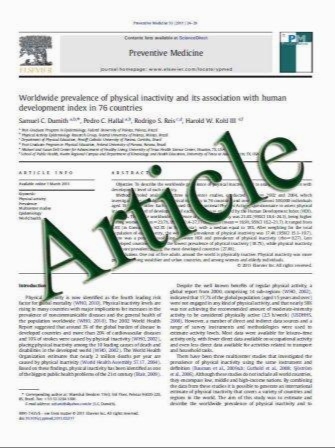Diode laser (808 nm) applied to oral soft tissue lesions: a retrospective study to assess histopathological diagnosis and evaluate physical damage
- نوع فایل : کتاب
- زبان : انگلیسی
- مؤلف : Francesca Angiero & Luisa Parma & Rolando Crippa & Stefano Benedicenti
- چاپ و سال / کشور: 2011
Description
The diode laser is today widely used in oral pathology to excise lesions; however, some controversy surrounds laser surgery, specifically the accuracy of pathological diagnosis and the control over thermal tissue damage. This study aimed to establish if physical damage induced by the diode laser could affect the histopathological diagnosis and to evaluate the damage caused to the resection margins. Between 2005 and 2010, at S. Gerardo Hospital, Milan, 608 cases of soft tissue lesions localized in the oral cavity (cheek, gingiva, buccal mucosa, tongue, and lips) were examined. Specimens were excised with an 808- nm diode laser, output 1.6–2.7 W, in continuous-wave mode with fibers of 320 ىm. Specimens were fixed in 10% buffered formalin solution and examined separately under an optical microscope by two pathologists. In all of the specimens, changes to the epithelium, connective tissue and blood vessels, shape of incision damage, and overall width of modified tissues were evaluated. The data for specimens larger than 3 mm excised with the diode laser were not significant in terms of stromal changes or vascular stasis, while epithelial and stromal changes were significantly more frequent in specimens with a mean size below 3 mm; the diagnosis was not achievable in 46.15%. Our data show that the diode laser is a valid therapeutic instrument for excising oral lesions larger than 3 mm in diameter, but induces serious thermal effects in small lesions (mean size below 3 mm). However, from a clinical standpoint, it is suggested necessary that the specimens taken have in vivo a diameter of at least 5 mm in order to have a reliable reading of the histological sample.
Lasers Med Sci DOI 10.1007/s10103-011-0900-7 Received: 9 October 2010 / Accepted: 14 February 2011


